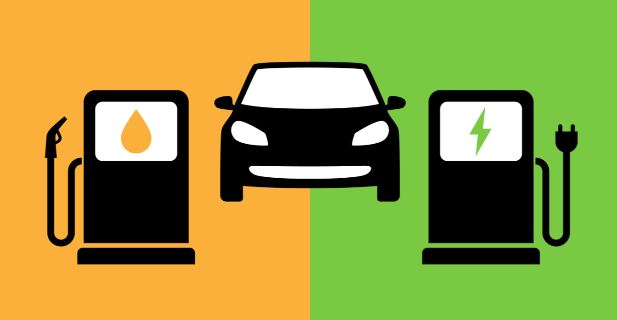Examining Top Speeds and High-Performance Capabilities in ICE and EVs
As the automotive industry hurtles towards a greener future, the dichotomy between internal combustion engine (ICE) vehicles and electric vehicles (EVs) deepens. The electrification wave has disrupted the traditional dominance of ICE vehicles, prompting an in-depth examination of their performance and power characteristics. This comprehensive comparison delves into the intricacies of how ICE and EV technologies measure up in terms of performance, power delivery, and driving experience.
1. Power Delivery and Acceleration
Internal Combustion Engine (ICE) Vehicles: ICE vehicles have long been the backbone of personal transportation, characterized by their internal combustion engines fueled by gasoline or diesel. These engines offer a broad spectrum of power outputs, ranging from economical options to high-performance models. The power delivery of ICE vehicles is characterized by gear shifts and engine RPMs, providing drivers with a familiar and dynamic driving experience. Acceleration is influenced by factors such as engine displacement and turbocharging.
Electric Vehicles (EVs): EVs offer an entirely different paradigm of power delivery due to their electric motors. Instantaneous torque delivery is a hallmark of EVs, resulting in swift and seamless acceleration from a standstill. Unlike ICE vehicles, EVs have a linear power delivery, eliminating the need for gear shifts. This translates into a smooth and exhilarating driving experience. As a result, EVs can often achieve impressive acceleration figures, making them competitive even in high-performance categories.
2. Performance Metrics
Internal Combustion Engine (ICE) Vehicles: ICE vehicles have diverse performance metrics, including horsepower (hp) and torque (lb-ft). These metrics define the engine’s power output and its ability to generate rotational force. High-performance ICE vehicles often boast high horsepower figures to achieve impressive top speeds and acceleration.
Electric Vehicles (EVs): EVs are characterized by their power output in kilowatts (kW) rather than traditional measures like horsepower. While direct comparisons between kW and hp can be complex due to differences in power delivery, many modern EVs exhibit robust power figures. The instant torque delivery of electric motors contributes to brisk acceleration, which often outpaces equivalent ICE models.
3. Driving Experience
Internal Combustion Engine (ICE) Vehicles: ICE vehicles provide a dynamic driving experience that enthusiasts have cherished for decades. The rumble of an internal combustion engine, gear shifts, and the connection between the throttle and engine RPMs contribute to a sensory driving experience that is deeply ingrained in automotive culture.
Electric Vehicles (EVs): EVs offer a futuristic driving experience characterized by quietness and seamless power delivery. The absence of engine noise, coupled with the immediate torque response, creates a unique driving sensation. Many EVs feature regenerative braking, which can provide additional control and energy recapture during deceleration.
4. Top Speed and High-Performance Models
Internal Combustion Engine (ICE) Vehicles: Historically, high-performance ICE vehicles have dominated the realm of top speeds. Supercharged and turbocharged engines have pushed the boundaries of speed, leading to the creation of iconic sports and supercar models.
Electric Vehicles (EVs): The rise of high-performance EVs challenges the notion of speed. The instant torque delivery of electric motors contributes to rapid acceleration, enabling many EVs to achieve impressive top speeds. Electric hypercars and performance-focused EV models have showcased the potential of electric propulsion in achieving remarkable speeds.
5. Adaptability and Customization
Internal Combustion Engine (ICE) Vehicles: ICE vehicles are renowned for their adaptability and customizability. Enthusiasts can modify engines, exhaust systems, and suspension components to tailor the driving experience to their preferences. The aftermarket industry for ICE vehicles is vast and diverse.
Electric Vehicles (EVs): While customization options for EVs are growing, they are not as extensive as those for ICE vehicles. Modifications often focus on software updates, battery management, and performance tuning. However, the growing interest in EVs is likely to spur the development of a more robust aftermarket ecosystem.
Conclusion:
The comparison of power dynamics between internal combustion engine (ICE) vehicles and electric vehicles (EVs) unveils a fundamental shift in the driving experience. ICE vehicles rely on the mechanical symphony of internal combustion engines, gear shifts, and RPMs to deliver performance, while EVs redefine power delivery with their instant torque and linear acceleration. The driving sensations associated with each technology reflect the broader transition from tradition to innovation. As EV technology continues to advance, the power and performance landscape will likely evolve further, offering new opportunities for both driving enthusiasts and those seeking sustainable transportation solutions.

